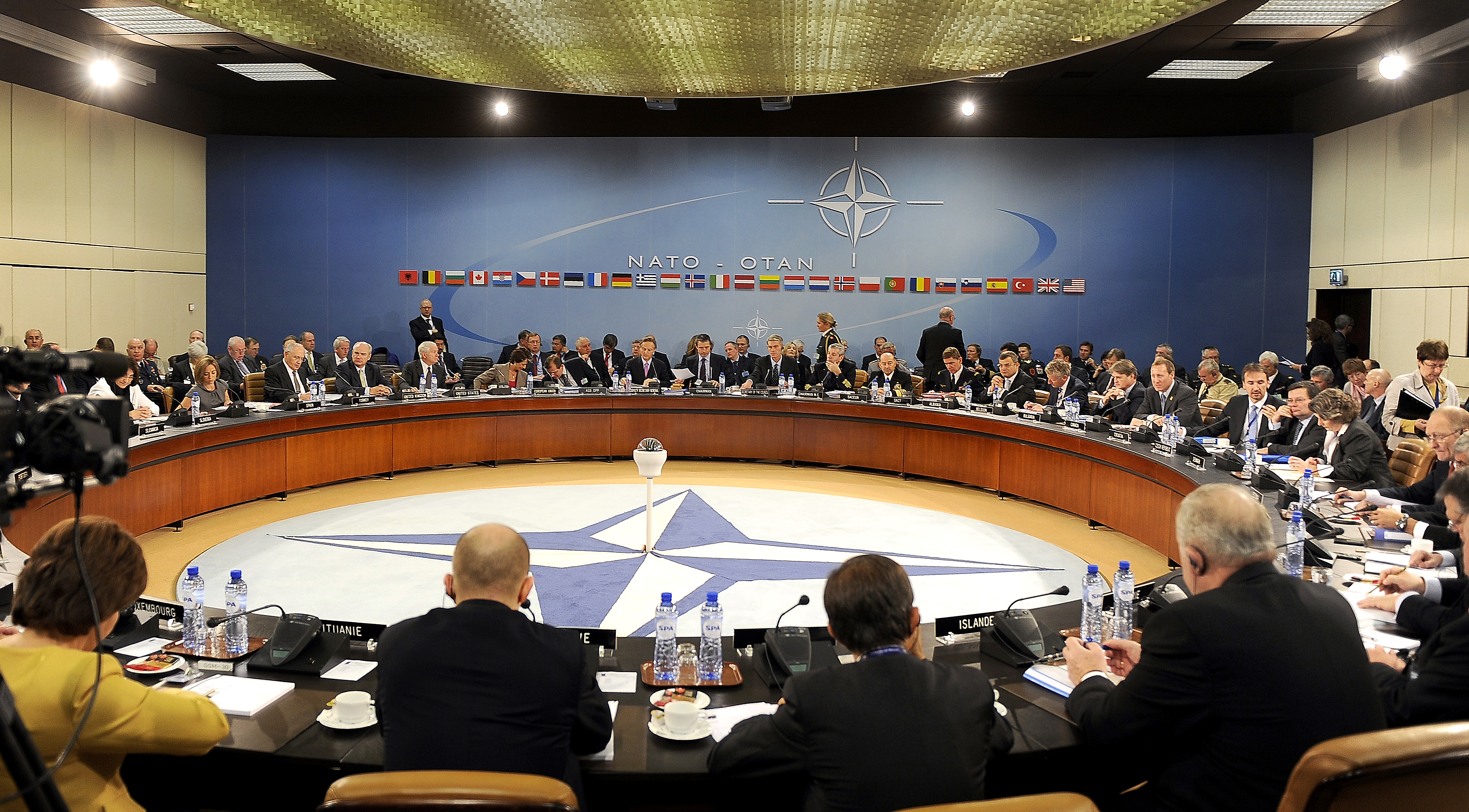When NATO heads of state and government enter the halls of the National Stadium in Warsaw for their Summit meeting on Friday, July 8th they will do so with mixed anxieties. They will review the successful implementation of their 2014 Wales Summit commitments, in particular the NATO Readiness Action Plan and the partial reversal of the trend of declining defence budgets. However, the continuing instability and a challenging security environment on the Eastern and Southern borders of the Alliance have triggered calls for further measures to enhance the capacity of NATO states and their partners.
Traditionally, states in NATO have had divergent perceptions of the danger posed by certain geographically-confined challenges which curtailed Alliance cohesion in agreeing responses. We can expect a coordinated initiative amongst states on the eastern reaches of the Alliance to appeal to their allies to work together. This represents a practical application of the principle of collective defence embedded at the heart of the Washington Treaty and the Article V, with individual states taking responsibility for their own security while strengthening overall capabilities of the NATO alliance. They will judge the success of the summit on their allies’ willingness to support them.
According to NATO Secretary General, Jens Stoltenber, one of the three main objectives of the summit will be to consider how NATO collective defence capabilities can be strengthened. It will also consider how best to project stability in NATO’s neighbourhood and enhance cooperation between the EU and NATO.
Clashes between Russia and her neighbours, the use of hybrid warfare and cyber attacks has forced some rethinking of what Article V responses should be. The Wales summit recognised that hybrid threats require versatile responses designed to avoid escalation to a military conflict. The Alliance has chosen to place significant emphasis on the deterrence effect of strong defence institutions, command and control and military equipment. Reassurance has relied upon the ability to quickly mobilise forces from across the whole Alliance and deploy them to areas in crisis. The Warsaw summit is likely to take this commitment further by rotational forward-deployment of battalion-sized forces to the Baltic States and Poland, and by reconfirming the Defence Investment Pledge made in Wales.
The second objective will focus on projecting stability in eastern Europe by working with NATO’s partners to help in modernisation of their armed forces through practical support and training, implementing the reform of their defence institutions and fighting corruption. This is a shift away from a focus upon out-of-area deployment of troops. Such support will be particularly welcome by Ukraine, Georgia and Moldova, and may also involve Finland and Sweden. There will also be a strengthening of NATO’s maritime role in the Mediterranean and Black Seas, with plans for enhanced surveillance, ship presence and air policing. Romania, Turkey and Bulgaria are expected to propose an enhanced NATO presence in the Black Sea. Furthermore, NATO has already declared its plans to deploy the AWACS plane in support of the coalition efforts against ISIS and to intensify cooperation with Jordan and Tunisia.
The third key item on the Warsaw Summit’s agenda is the further enhancement of cooperation between NATO and the EU, which NATO considers a vital strategic partner in addressing security challenges, particularly in areas outside of NATO’s remit such as reform of democratic institutions. This includes resisting hybrid and cyber threats, supporting partners in defence capacity-building, and increasing maritime security. NATO allies and the UK will need to discuss how the UK’s contribution to the EU’s defence and foreign policy can be retained, and that the two blocks can continue working harmoniously.
NATO will be considering how best to maintain versatility in assurance, infrastructure support and defence modernisation when responding to hybrid threats and challenges coming simultaneously from different directions. The question that gripped NATO in the recent past over whether it should prioritise out-of-area operations or collective defence arrangements appears to have resolved itself.
Links with more detailed information:
Dedicated summit website: http://www.msz.gov.pl/en/foreign_policy/nato_2016/
Secretary General’s Annual Report: http://www.nato.int/cps/en/natohq/topics_127529.htm?
Encyclopedia of topics: information on the Alliance, its policies, activities and structures http://www.nato.int/cps/en/natohq/topics.htm
Social media: @NATOsummits #Warsaw #NATOSummit

